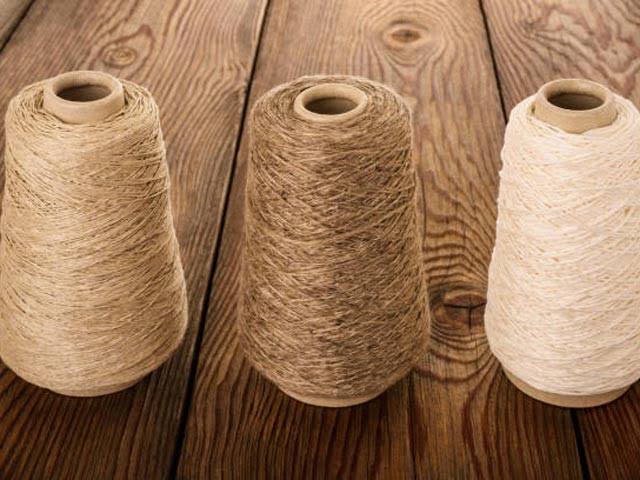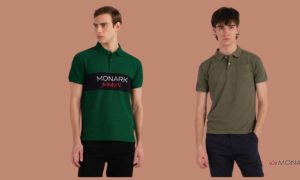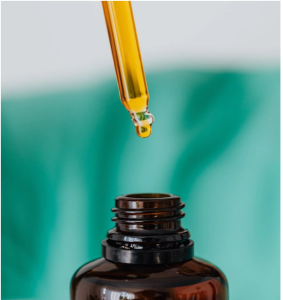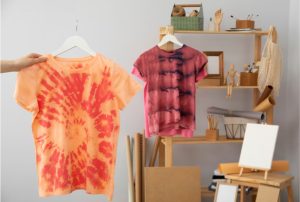
In a world increasingly conscious of environmental impact, the fashion industry finds itself at a crossroads. With the demand for sustainable and eco-friendly textiles on the rise, hemp organic cotton fabric emerges as a frontrunner in the race towards a greener future.
But what makes this fabric so special, and why should we pay attention to its potential? Let’s delve deeper into the world of hemp organic cotton fabric and uncover its myriad benefits and applications.
Unraveling the Mystery: What is Hemp Organic Cotton Fabric?
Before we dive into the intricacies, let’s first unravel the mystery behind hemp organic cotton fabric. Essentially, it’s a blend of two natural fibers: hemp and organic cotton.
Hemp, derived from the Cannabis sativa plant, boasts remarkable strength and durability, while organic cotton, cultivated without the use of synthetic pesticides or fertilizers, offers softness and breathability. Together, they form a fabric that not only feels good but does good for the planet too.
The Dynamic Duo: Hemp and Organic Cotton
- Hemp: Known for its robust fibers, hemp is one of the most versatile plants on Earth. It requires minimal water and grows quickly, making it a highly sustainable option for textile production. Additionally, hemp fabric is naturally resistant to mold and ultraviolet light, making it ideal for various applications.
- Organic Cotton: Unlike conventional cotton, which accounts for a significant portion of global pesticide use, organic cotton is grown using natural methods that promote soil health and biodiversity. It’s softer on the skin and reduces exposure to harmful chemicals for both farmers and consumers.
Embracing Sustainability: The Advantages of Hemp Organic Cotton Fabric
In the quest for sustainable fashion, hemp organic cotton fabric shines as a beacon of eco-consciousness. But what exactly sets this fabric apart, and why should we embrace it? Let’s delve into the myriad advantages that hemp organic cotton fabric brings to the table.
1. Eco-Friendly Production
Hemp organic cotton fabric stands out for its eco-friendly production process. Unlike conventional textiles that rely heavily on synthetic chemicals and pesticides, this fabric is cultivated using sustainable farming practices that prioritize environmental preservation. By minimizing water usage and eliminating harmful chemicals, hemp organic cotton fabric reduces the carbon footprint associated with textile manufacturing.
2. Durability and Longevity
One of the standout features of hemp organic cotton fabric is its durability. Thanks to the inherent strength of hemp fibers, garments made from this fabric tend to outlast their conventional counterparts. This longevity not only reduces the need for frequent replacements but also contributes to a more sustainable wardrobe in the long run.
3. Breathability and Comfort
Despite its durability, hemp organic cotton fabric remains incredibly breathable and comfortable to wear. The natural fibers allow air to circulate freely, keeping the body cool and comfortable even in warmer climates. Whether you’re lounging at home or out and about, garments made from this fabric offer unparalleled comfort without compromising on style.
4. Versatility in Design
From casual tees to elegant dresses, hemp organic cotton fabric lends itself well to a wide range of designs. Its versatility makes it a favorite among fashion designers looking to create sustainable yet stylish clothing options. Whether you prefer classic basics or statement pieces, there’s a hemp organic cotton garment to suit every taste and occasion.
From Farm to Fashion: The Journey of Hemp Organic Cotton Fabric
Now that we’ve explored the benefits, let’s take a closer look at the journey of hemp organic cotton fabric from farm to fashion. The production process begins with the cultivation of hemp and organic cotton, where farmers adhere to strict organic standards to ensure the purity of the fibers. Once harvested, the fibers undergo spinning, weaving, and finishing processes to create the final fabric.
Cultivation and Harvesting
- Hemp and organic cotton are cultivated using sustainable farming practices that minimize environmental impact.
- Farmers avoid the use of synthetic pesticides and fertilizers, opting instead for natural alternatives to promote soil health and biodiversity.
- Harvesting is done by hand or with specialized machinery to ensure the integrity of the fibers.
Spinning and Weaving
- After harvesting, the fibers are cleaned and processed to remove impurities.
- They are then spun into yarns using traditional or modern spinning techniques.
- The yarns are woven into the fabric using a variety of weaving methods, ranging from plain to intricate patterns.
Finishing Touches
- Once the fabric is woven, it undergoes a series of finishing processes to enhance its texture and appearance.
- This may include washing, dyeing, and softening treatments to achieve the desired look and feel.
- The finished fabric is then ready to be transformed into clothing, accessories, and other textile products.
Conclusion
As we navigate the complexities of the modern world, it’s increasingly clear that sustainability is not just a trend but a necessity. Hemp organic cotton fabric offers a beacon of hope in an industry plagued by environmental concerns, providing a viable alternative that prioritizes both style and sustainability. By embracing this versatile fabric, we can take a step towards a greener future where fashion and environmental responsibility go hand in hand. So why wait? Join the movement and make a difference, one garment at a time!





